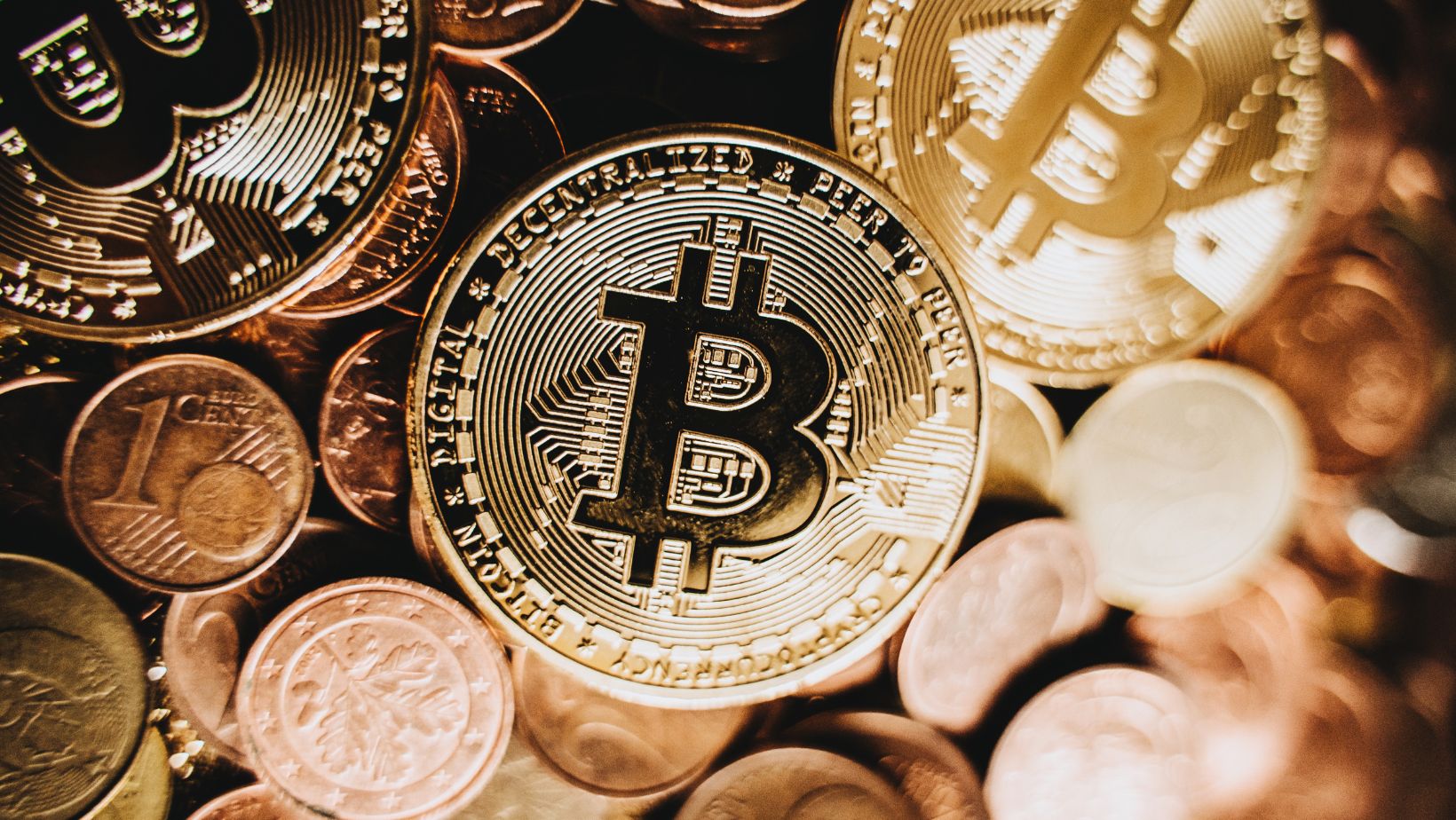
Cryptocurrencies have changed many aspects of the financial world, which has also led to a whole lot of new jargon and language people need to get their heads around. You may have come across the term “minting” in relation to cryptocurrencies. Minting has historically been used as a term for creating new finances or printing physical money. Crypto obviously needs its own process to create a currency, and this has become known as crypto minting.
In this guide, we’re going to discuss the details and how crypto minting works and the process entailed.
Origin of the Term
The origin of the term “mint” in this scenario is a bit unusual, it has been linked with money for a long time. In England, the Royal Mint mints cash. In Old English, the noun mynetere describes “one who stamps coins to create money”, but the word itself comes from Latin.
The word is thought to have first been used to describe the manufacture of silver coins at the temple of Juno Moneta in 269 BCE Rome. Moneta became the word “money” and also provided the origin of the word “mint” relating to money and creating coinage. So, we’ve had the term in some way or other for thousands of years, but the technology and the currencies have changed.
How Minting Crypto Works
The technology behind virtual currency is one of the most interesting things for people to understand. Due to the digital nature of the currency, there are certain ways that the crypto can be minted. Proof of Work and Proof of Stake are the two main methods of creating cryptocurrencies.
Proof of Work
Proof of Work involves minting coins through mining. Mining is a term first used by Bitcoin, which makes a lot of sense when it comes to ensuring some scarcity in the currency and giving it a value as a decentralized currency.
This method uses ASIC computers that solve mathematical problems. Each of the cryptocurrency blocks needs a unique hash to be mined. Computers can search through trillions of different combinations to try and find these hashes. When successful, the crypto is issued as a block reward.
Proof of Stake
Staking means that existing crypto needs to be put up as part of the Proof of Stake procedure. Crypto is staked on a public platform and then the blockchain randomly assigns a stakeholder to validate a transaction.
Like many parts of the cryptocurrency world, it relies somewhat on randomness. People who are using proof of stake to try to get more crypto need to stake their crypto in the first place.
People have their own preferences regarding these methods if they are trying to earn more cryptocurrency, but the company minting a new currency determines which method they will use to create more cryptocurrency coins.
How People Mint New Cryptocurrencies
Minting a new cryptocurrency involves validating transactions and a complex blockchain network. This involves distributed ledgers, which enable users to leverage them to validate that the transactions are authentic.
Trying to gain crypto through minting sounds like it requires a lot of technical knowledge and hardware, but this isn’t the case. Minting cryptocurrency requires people to stake tokens and hope they are randomly chosen. As an example, when minting Ethereum, people need to pledge 32 tokens to be considered for a chance of minting.
Sometimes, providers also let people borrow their coins to pledge, and this may be done using stablecoin or other decentralized assets. The more coins you have, the higher the chances are that you will be chosen to mint crypto. This is how it works on the Solana network.
Minting NFTs
Minting is inherently linked to NFTs, another method that uses blockchain and gives people more in the way of security. NFTs are also crypto assets, and they are stored in online blockchains.
NFTs rely on “tokens” and these are also minted, so the process of creating a new NFT is also called minting. NFTs represent the proof of ownership of something digital, but the asset isn’t on the blockchain, it is stored within a blockchain network. When ownership of an NFT is transferred, the verification process relies on that blockchain. This is what helps to keep everything unique.
Blockchains that support NFTs are growing, but they originally relied on the Ethereum blockchain. Now, there are a lot of sites and marketplaces where NFTs are bought and sold, and these may also give people the chance to mint their own. There are tutorials for artists and other creators who wish to mint an NFT.
Usually, a series of NFTs are inspired by things like video, audio files like songs, and of course, art. NFTs can be used like a certificate of authenticity for anything, and they are a secure way to verify that ownership.
Minting vs Mining
These two terms get confused a lot in the world of cryptocurrencies. Two of the main terms in the industry and there is just one letter to separate them.
The term “mining” became very popular as it is another method for people to try and gain more crypto, using computers and validating transactions before adding them to the blockchain and earning crypto rewards.
Minting is a very different thing, it involves the creation of the actual tokens or assets on a blockchain, and though they are linked, the two concepts are not to be confused.
Conclusion
Whether you use crypto on a daily basis, invest in it or you just hear a lot of the terminology because of the popularity of crypto, it helps to understand what some of the basic terms mean. Minting is the process of creating new tokens or assets and there are many different ways to do it. Proof of Stake and Proof of Work are the most popular ways that this is done.
A lot of people also get minting and mining confused, so make sure you understand which one is which if you’re using these terms in conversation!


